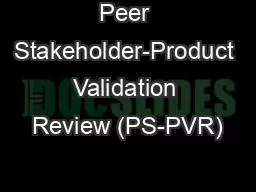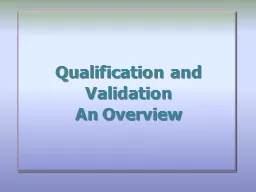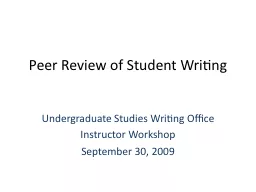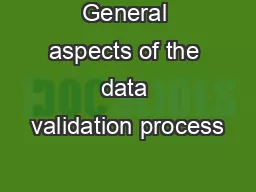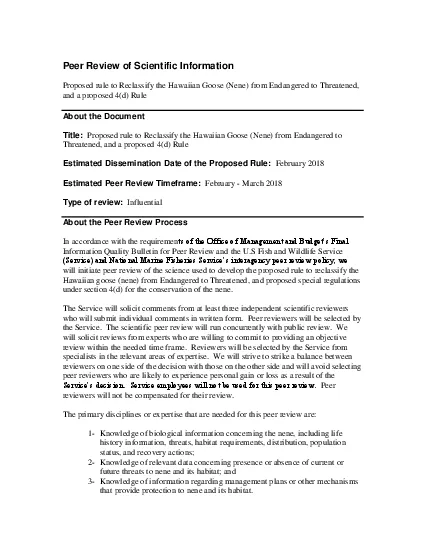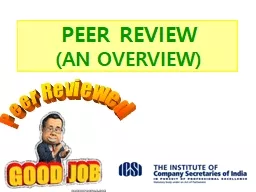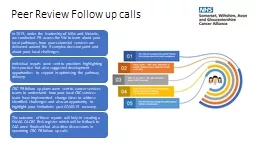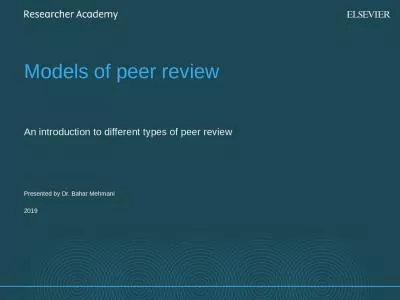PPT-Peer Stakeholder-Product Validation Review (PS-PVR)
Author : chipaudi | Published Date : 2020-08-05
For the Provisional Maturity of GOES17 MAG L1b Product March 14 2019 GOESR Calibration Working Group CWG Presenter Sam Califf Contributors Paul Lotoaniu NOAA
Presentation Embed Code
Download Presentation
Download Presentation The PPT/PDF document "Peer Stakeholder-Product Validation Revi..." is the property of its rightful owner. Permission is granted to download and print the materials on this website for personal, non-commercial use only, and to display it on your personal computer provided you do not modify the materials and that you retain all copyright notices contained in the materials. By downloading content from our website, you accept the terms of this agreement.
Peer Stakeholder-Product Validation Review (PS-PVR): Transcript
Download Rules Of Document
"Peer Stakeholder-Product Validation Review (PS-PVR)"The content belongs to its owner. You may download and print it for personal use, without modification, and keep all copyright notices. By downloading, you agree to these terms.
Related Documents

